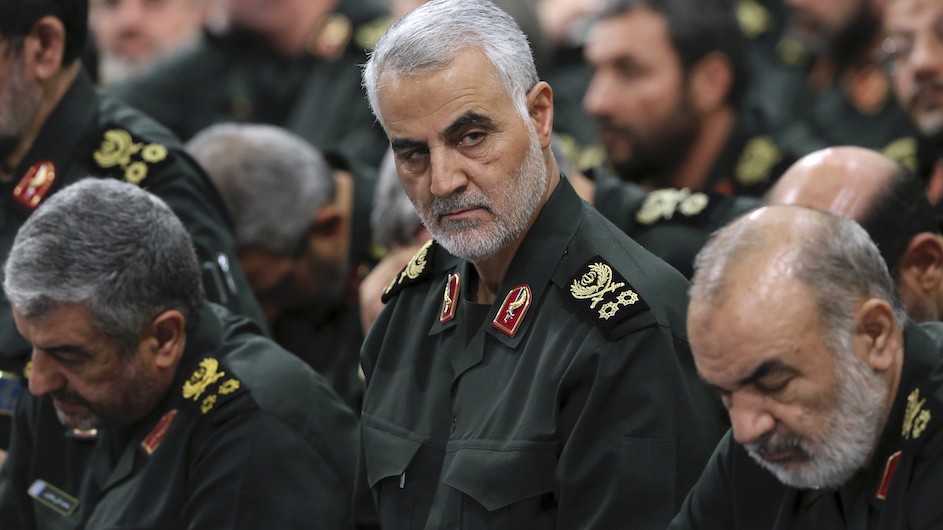For some, the U.S. drone strike that killed Qasem Soleimani, an Iranian general and head of Iran’s Qods Force, may have come out of the blue. Though the U.S. and Iran have maintained poor relations since the 1979 hostage crisis, the number of direct military clashes between the two have been fewer and farther between, in no small part because of an unstated but mutual desire to avoid escalation. But the U.S. decision to withdraw from the Obama Administration’s nuclear agreement with Iran increased the likelihood of a direct military confrontation between Iran and the U.S.
This is because of four factors.
- In the past, the U.S. applied sanctions on Iran for diplomatic leverage. Given the context of deteriorating relations between the two countries, however, there is greater suspicion in Iran that the U.S. is using sanctions to create a regime change inside of Iran. U.S. gloating over recent Iranian protests as well as the statements of current and former U.S. officials supporting regime change as a goal have contributed to this fear, creating a siege mentality in Tehran.
- Iran itself has turned to violence, using its positions and partners in Iraq, Syria and Yemen to threaten and attack the U.S. and its partners. Soleimani was the architect and implementer of this campaign.
- Iran is now embarking on a restart of its nuclear activities that were suspended by the nuclear agreement, which will eventually reduce the time needed to build a nuclear weapon if it chooses to do so.
- Both sides are reluctant to back down, for fear of being perceived as weak. Diplomatic contacts have largely ended, and the U.S. has imposed a variety of sanctions on Iran’s diplomats, including those serving at the U.N.
A broader military conflict between the U.S. and Iran is not inevitable, but its chances are growing daily. In the weeks ahead, there are likely to be further Iranian acts of retaliation for Soleimani’s death to complement the missile strikes made against U.S. forces in Iraq, possibly including acts of terrorism against U.S. interests and symbols. This, in turn, could trigger U.S. responses. A vicious cycle of recrimination, violence and threat has been created; diplomatic off-ramps are now sorely needed.

